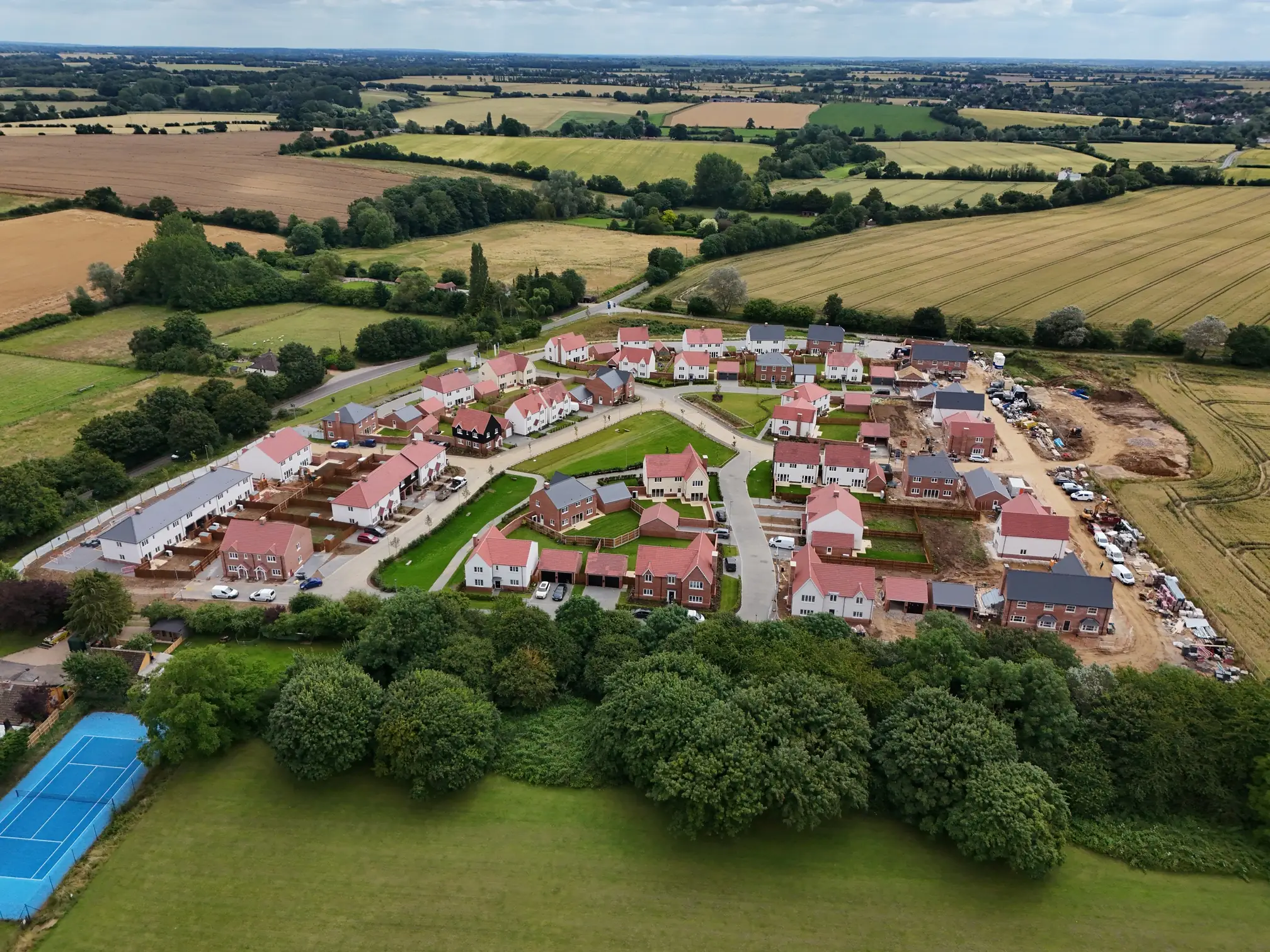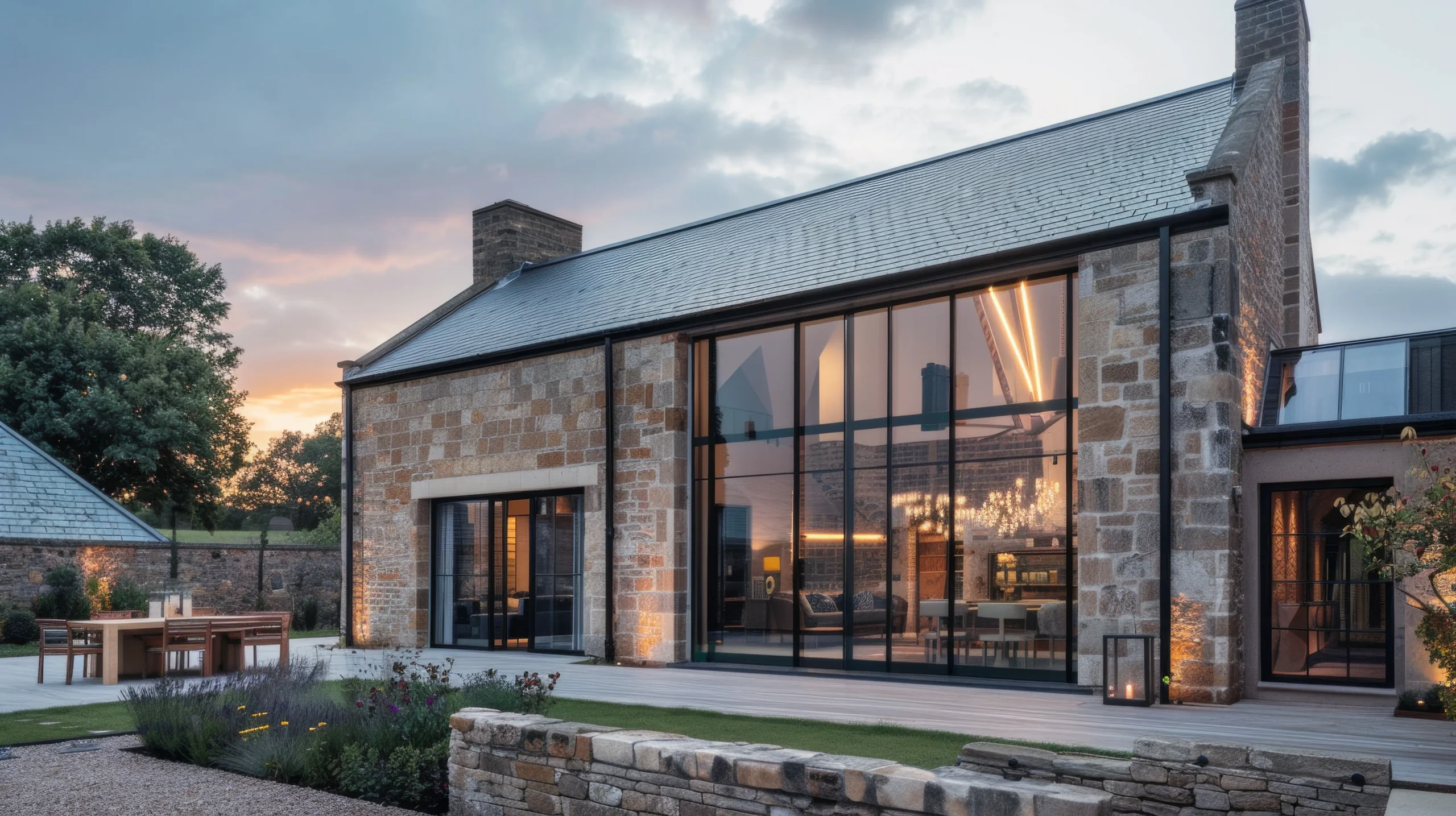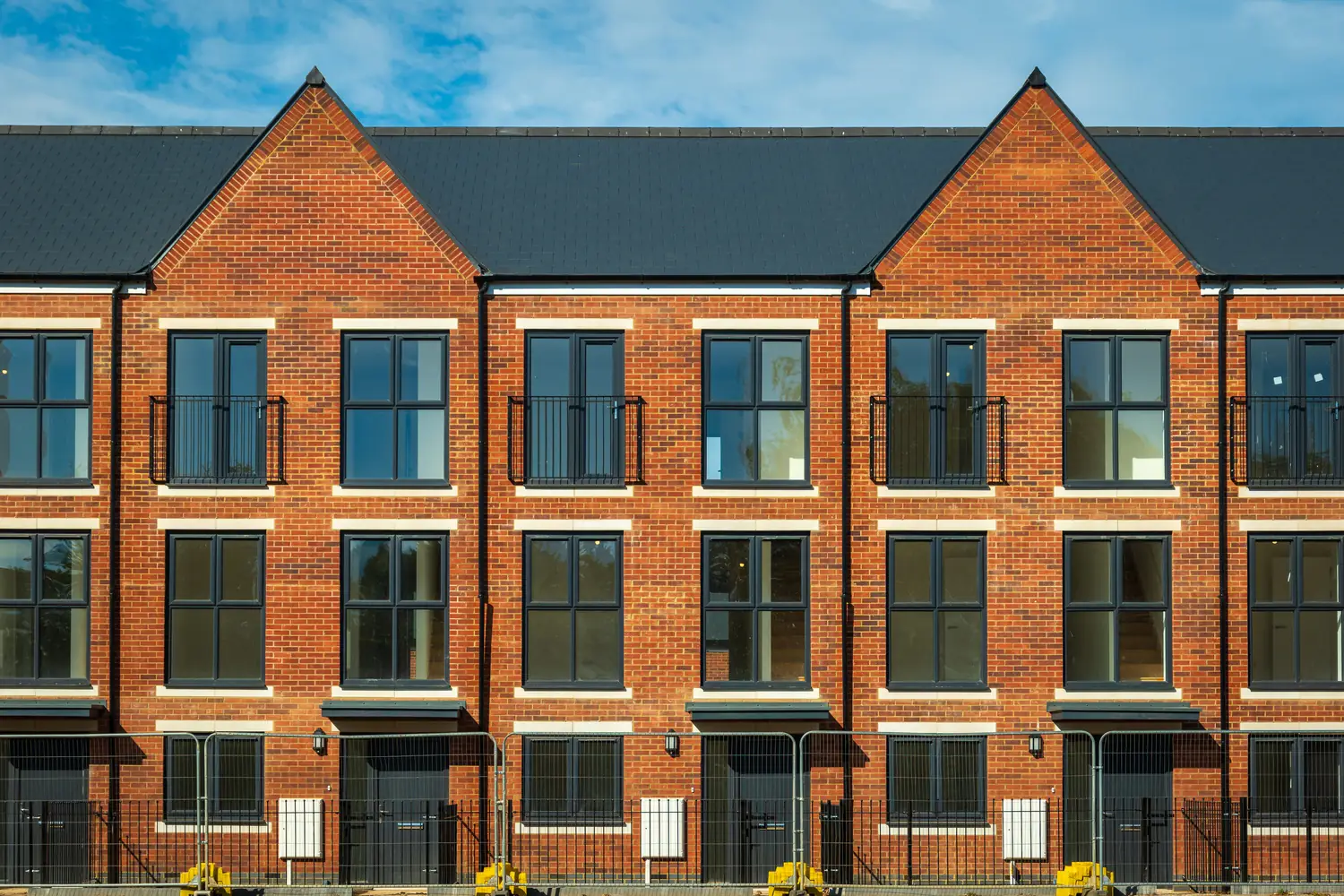MENU
Categories
Category:
Blog
How to Find The Perfect New Build Site?
Why The Right Site Changes Everything

When it comes to creating your dream home or developing a profitable project, the most important decision you’ll make isn’t the style of your house or the colour of your kitchen — it’s the land you build on.
The perfect site can mean smoother planning permission, lower design costs, and a much higher return on investment. The wrong site? It can drain your budget before the first brick is laid.
Whether you’re a prospective homeowner, a self-builder, an investor, or a developer, finding the right plot is the first and most crucial step.
The perfect site can mean smoother planning permission, lower design costs, and a much higher return on investment. The wrong site? It can drain your budget before the first brick is laid.
Whether you’re a prospective homeowner, a self-builder, an investor, or a developer, finding the right plot is the first and most crucial step.
Location & Planning Context

Location shapes both the value and the viability of your project. Councils determine planning decisions based on local planning policy and their Local Plan, which sets out where development is encouraged — and where it’s restricted.
When considering a site, think beyond postcode desirability and look at:
When considering a site, think beyond postcode desirability and look at:
- Transport links & accessibility – Good road access and public transport connections can boost value.
- Local amenities – Proximity to shops, schools, healthcare, and leisure facilities.
- Neighbouring development – New infrastructure or housing schemes nearby may signal planning favourability.
- Local authority stance – Some councils are proactive in supporting new builds, especially on designated development land.
Pro tip: “Check your council’s Local Plan and Strategic Housing Land Availability Assessment (SHLAA) to identify sites earmarked for housing.”-Aaron Basi , Chartered Town Planner, Head of Town Planning, Planning by Design.
The Value of Land with Planning Permission

Land without planning permission is worth a fraction of its potential. As soon as permission is granted, its market value can skyrocket — sometimes dramatically.
It’s not uncommon for tiny parcels of land with approved planning to sell for millions. Why? Because the hard work of securing permission has already been done, removing uncertainty for the buyer.
For example, a small infill site in London measuring less than 200 square metres could sell for over £1 million simply because it had permission for a single dwelling. This “planning uplift” can be the difference between a good investment and a great one.
It’s not uncommon for tiny parcels of land with approved planning to sell for millions. Why? Because the hard work of securing permission has already been done, removing uncertainty for the buyer.
For example, a small infill site in London measuring less than 200 square metres could sell for over £1 million simply because it had permission for a single dwelling. This “planning uplift” can be the difference between a good investment and a great one.
Why Self-Build Can Give You the Edge

If you’re building your own home, you might have an advantage. Many councils actively support self-build and custom housebuilding, partly due to government initiatives encouraging individuals to create their own homes.
- Councils are required to keep Self-Build Registers and consider these when granting permission.
- Self-build applications are often seen as more personal, community-focused projects rather than speculative development.
Pro tip: “Register your interest with local authorities early. Being on their Self-Build Register could put you on the radar for future opportunities.”-Aaron Basi , Chartered Town Planner, Head of Town Planning, Planning by Design.
Planning Appraisal: What to Check Before You Commit

Before buying a site, it’s essential to know whether it’s truly viable for a new build. Our chartered town planners can carry out a full Planning Appraisal to assess feasibility, planning requirements, likelihood of success, and potential costs — all within a single day.
This is much faster and cheaper than a council pre-application, which can take up to 8 weeks.
It’s particularly valuable for sites going to auction or where speed is critical — waiting for a pre-app may mean the land is sold before you have answers.
This is much faster and cheaper than a council pre-application, which can take up to 8 weeks.
It’s particularly valuable for sites going to auction or where speed is critical — waiting for a pre-app may mean the land is sold before you have answers.
Our Planning Appraisal typically covers:
- Planning history – Has permission been refused before? Why?
- Flood risk – Check the Environment Agency’s maps and policy implications.
- Highways access – Is there safe, legal vehicle access?
- Utilities – Potential for connecting to water, electricity, drainage, and gas.
- Environmental constraints – Protected trees, habitats, or archaeological sites.
- Policy constraints – Green Belt, Conservation Areas, Areas of Outstanding Natural Beauty (AONB).
- Specialist reports likely to be required – Many new build sites trigger the need for ecology, transport, contamination, or arboricultural surveys, which can be expensive. Knowing about these early is essential.
Budget & ROI: Planning & Design Strategy First

When assessing budget and return on investment, think about your end goal before you start:
- If it’s your forever home – Design quality and meeting your lifestyle needs may be your top priorities, so detailed design and accurate cost forecasting are key.
- If it’s for planning gain – You might focus on securing outline planning permission or permission in principle instead of a full detailed design. Both leave the final design to a reserved matters application, giving a future buyer control over the specifics while still unlocking the land’s value.
Specialist reports and feasibility costs can be significant, especially for greenfield or complex sites. Your Planning Appraisal can flag these upfront so you know what you’re committing to before investing heavily.
Pro tip:
“A well-prepared outline or in-principle application can be a faster, lower-cost way to add value before sale.”— Aaron Basi , Chartered Town Planner, Head of Town Planning, Planning by Design.
Pro Tips for Finding the Best Sites

- Check Brownfield Registers – Councils publish lists of previously developed land suitable for housing.
- Talk to specialist land agents – They often know about off-market opportunities.
- Look for infill sites – Gaps between existing houses can be prime development land.
- Review the Local Plan allocations – Identify areas earmarked for growth.
- Network with local communities – Sometimes land becomes available through word of mouth before being listed.
Common Pitfalls to Avoid
- Overpaying for unviable land – Without due diligence, you may buy land that can never secure planning.
- Ignoring site constraints – Slope, soil quality, access issues, or nearby infrastructure (like pylons) can all impact feasibility.
- Skipping expert advice – Council pre-apps take time; private planning appraisals can give faster clarity.
- Assuming you can re-use someone else’s plans – Planning permission is tied to a specific design; significant changes may require a fresh application.
The Next Step: Make Your Search Count

Finding the perfect new build site takes more than luck — it requires research, local knowledge, and a strategic planning approach.
At Planning By Design, our award-winning architects and chartered town planners can help you identify, appraise, and secure the right site — whether you’re building your dream home, investing for profit, or embarking on a self-build.
Planning By Design has 750 + consents on the books—let’s add yours.
Contact us for a free no-obligation consultation and take the first step toward making your new build a reality.




